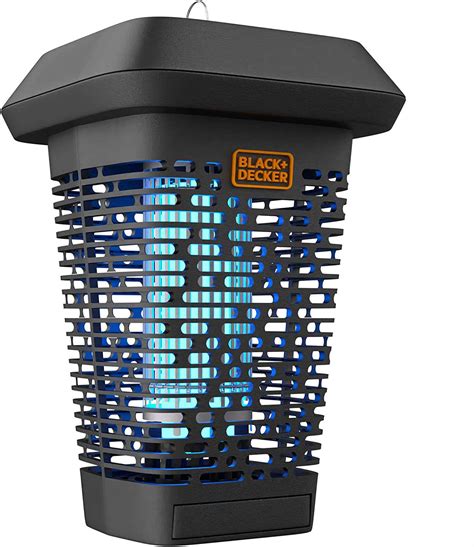
Bug Zapper Circuit: All You Need to Know
What is a Bug Zapper? A bug zapper, also known as an electric insect killer or mosquito zapper, is a device that uses electricity to[…]
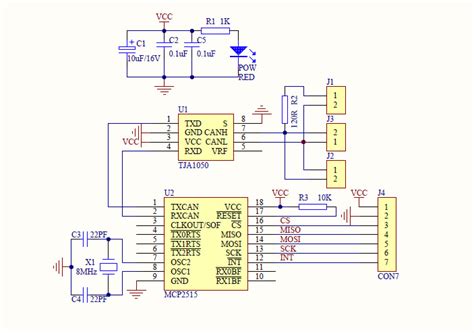
MCP2515: Everything You Need to Know
What is the MCP2515? The MCP2515 is a stand-alone CAN controller developed by Microchip Technology. It is designed to simplify the implementation of CAN communication[…]
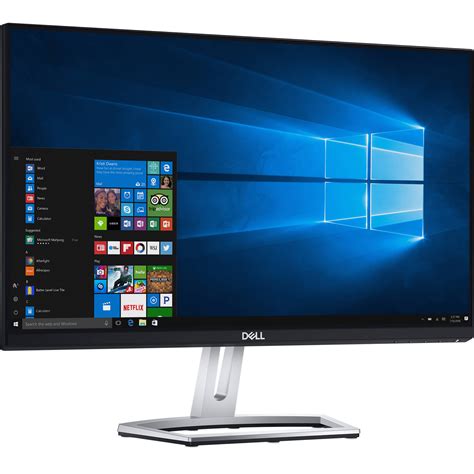
TFT Monitor: An Active Matrix LCD Monitor
Introduction to TFT Monitors A TFT (Thin Film Transistor) monitor is a type of active matrix LCD (Liquid Crystal Display) monitor that has become increasingly[…]
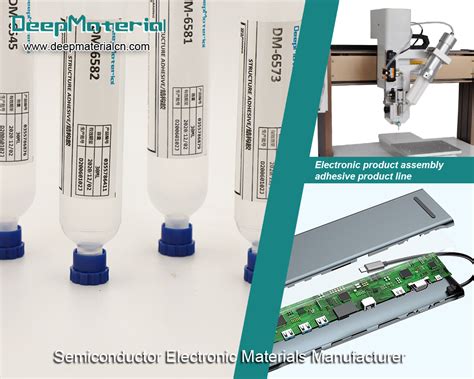
PCB Glue: Key Applications and Types
What are PCB Adhesives? PCB adhesives are specialized materials used to bond components to the surface of a printed circuit board. These adhesives provide mechanical[…]
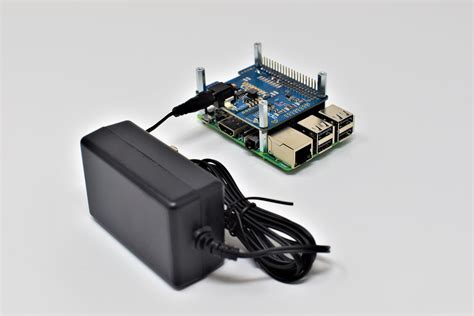
Best SBC- Top 5 Best SBC Modules and Applications
Introduction to SBC Modules Single Board Computers (SBCs) have revolutionized the world of computing by providing a compact, cost-effective, and versatile solution for various applications.[…]
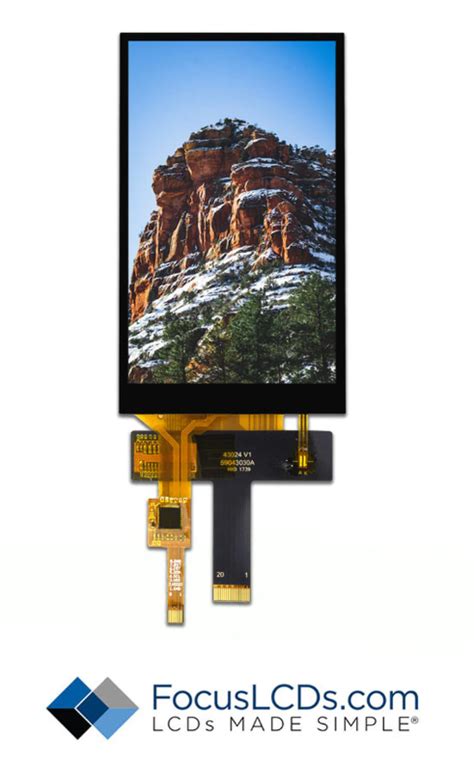
MIPI DSI: A High-Speed Serial Interface Between a Host Processor and Display Module
Introduction to MIPI DSI MIPI Display Serial Interface (MIPI DSI) is a high-speed serial interface designed for communication between a host processor and a display[…]
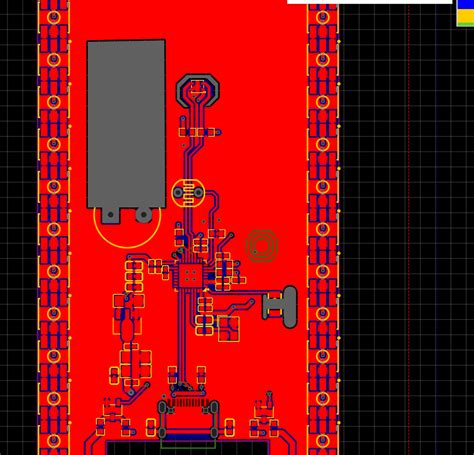
7 Steps to Help You Learn How to design a Digital Thermometer PCB
Introduction In today’s world, digital thermometers have become an essential tool in various industries, from healthcare to engineering. These devices offer accurate temperature measurements and[…]
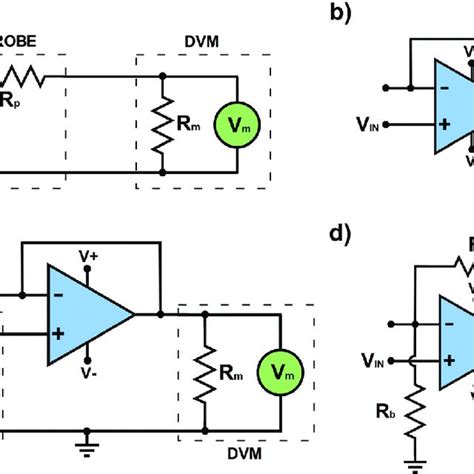
Current Follower Circuit:Definition and Basics
What is a Current Follower? A current follower, also known as a current buffer, is an electronic circuit that produces an output current that follows[…]
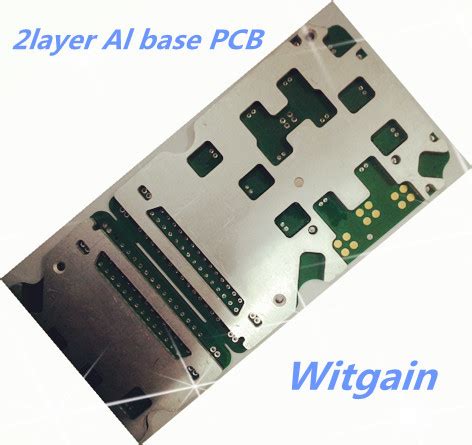
Aluminum PCBs: A Comprehensive Guide to Help You Understand
Introduction to Aluminum PCBs Aluminum PCBs, also known as metal core PCBs (MCPCBs), are printed circuit boards that feature an aluminum substrate instead of the[…]
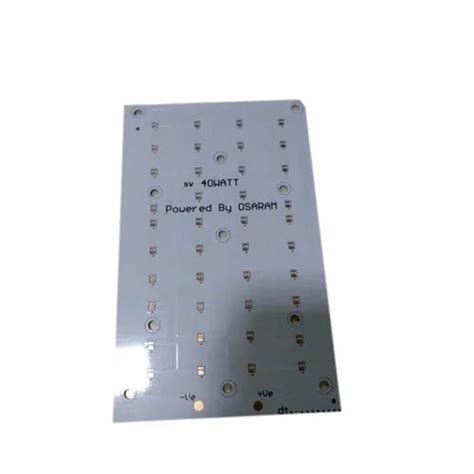
ABOUT METAL CORE PCB/MCPCBS
What is an MCPCB? A Metal Core Printed Circuit Board (MCPCB) is a specialized type of PCB that uses a metal base as its core[…]